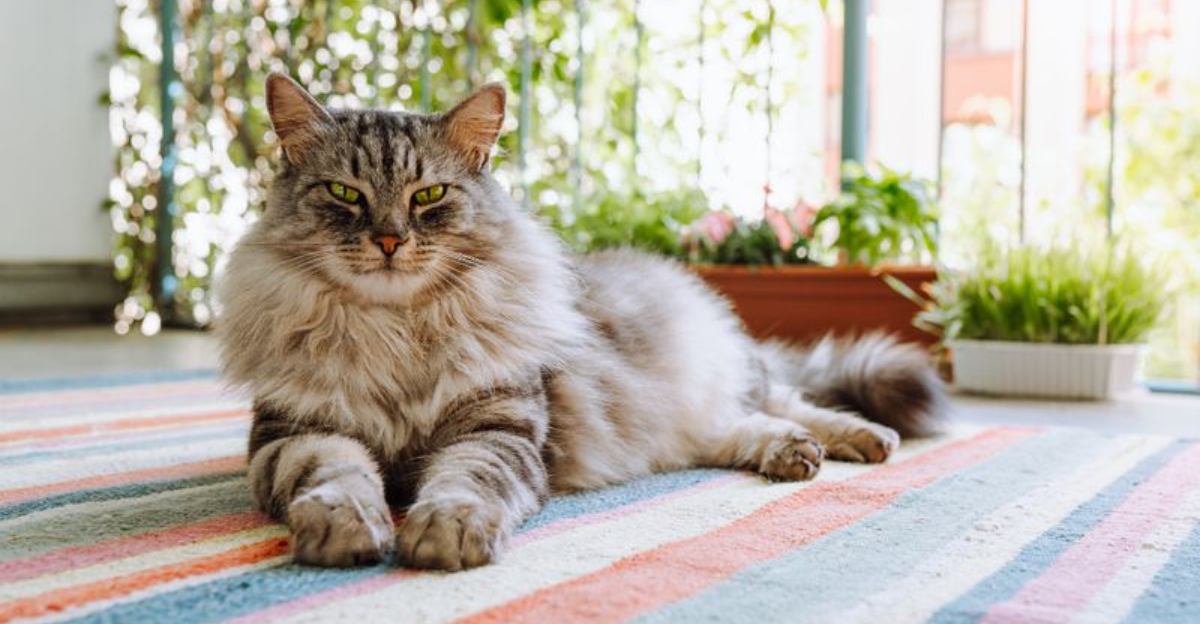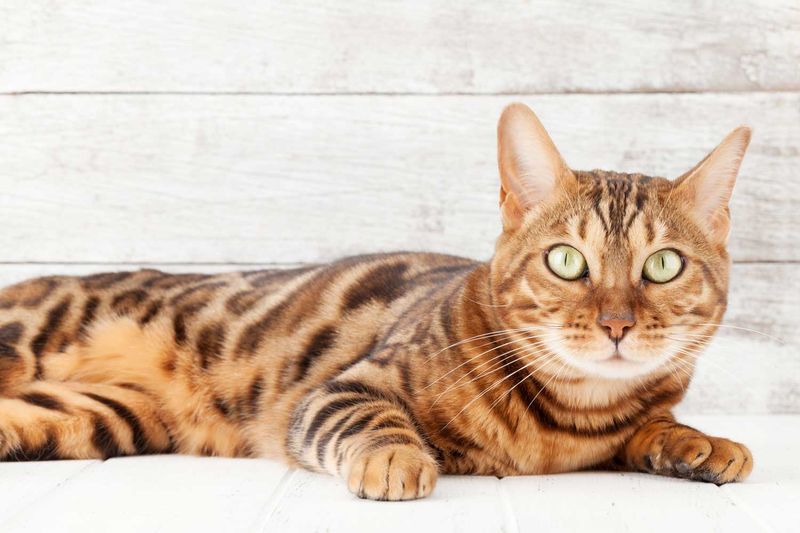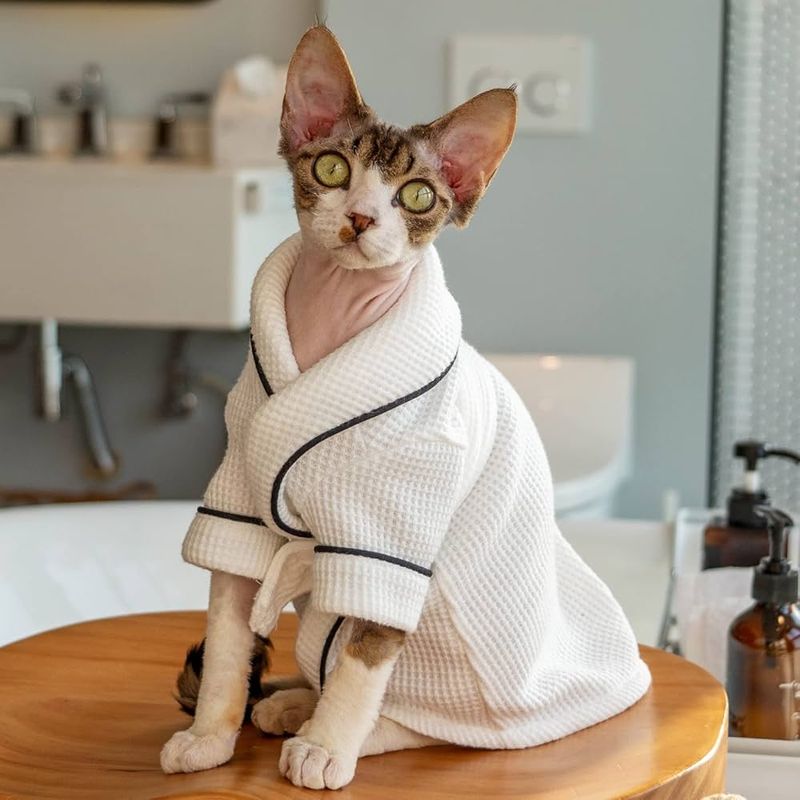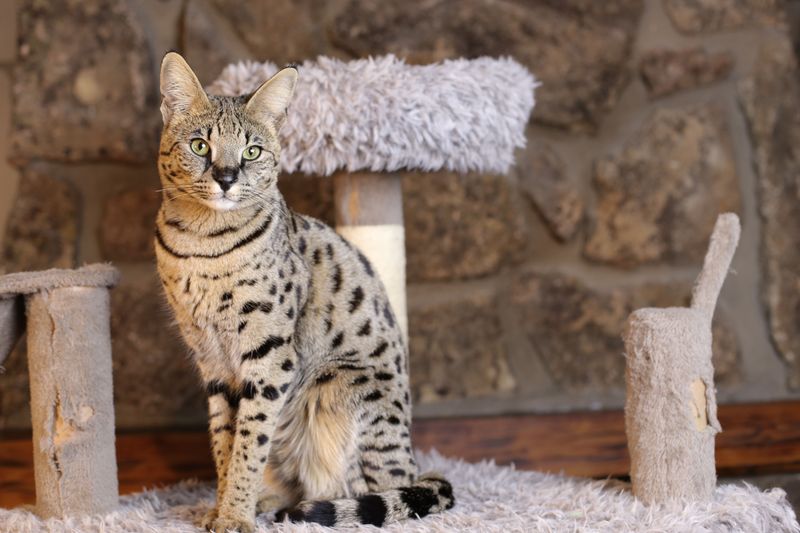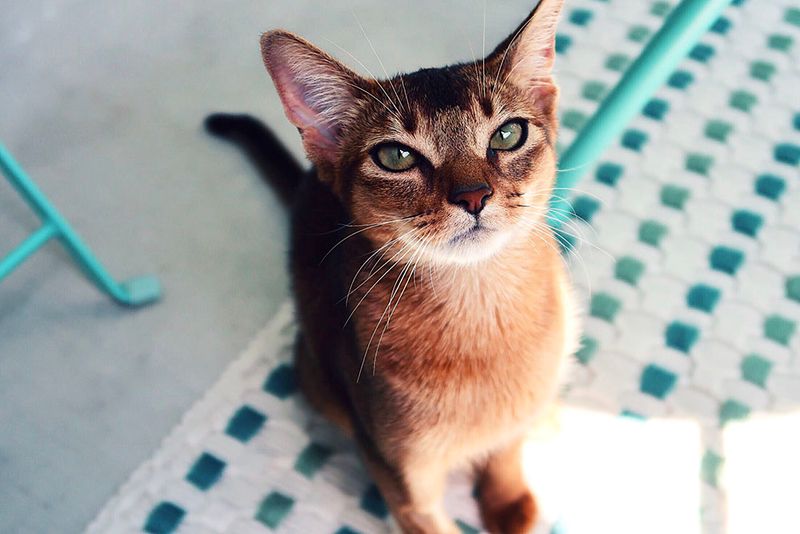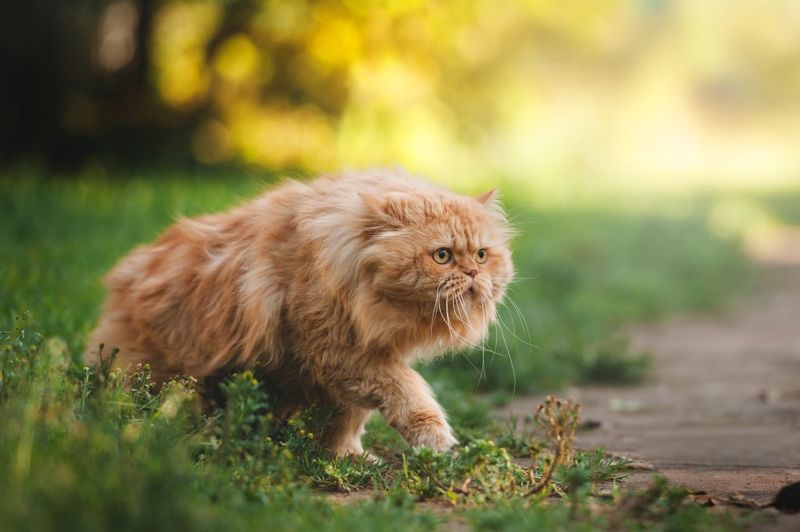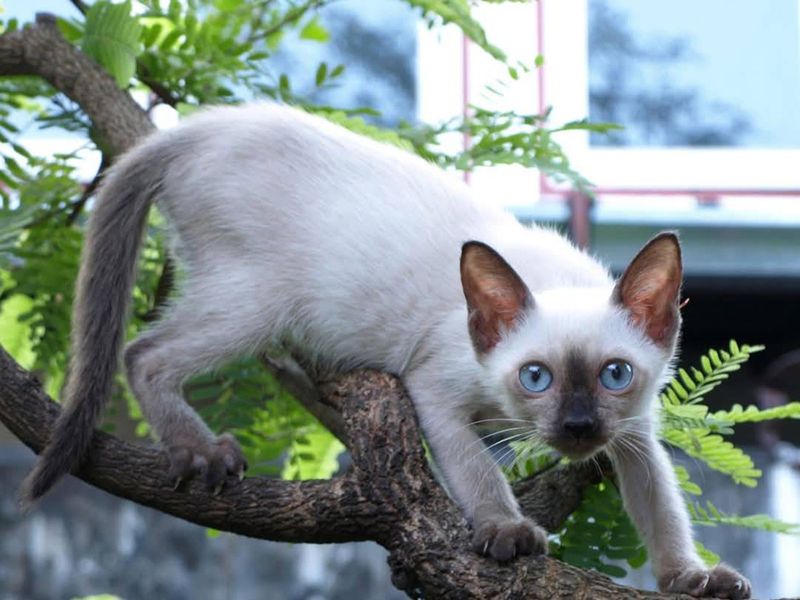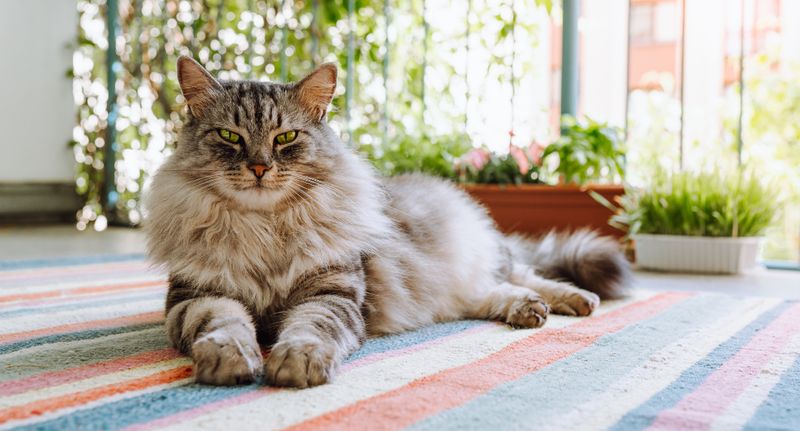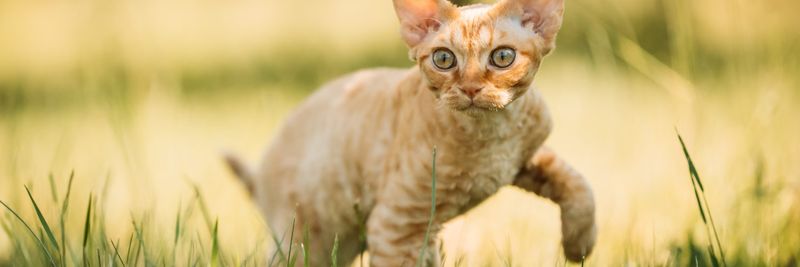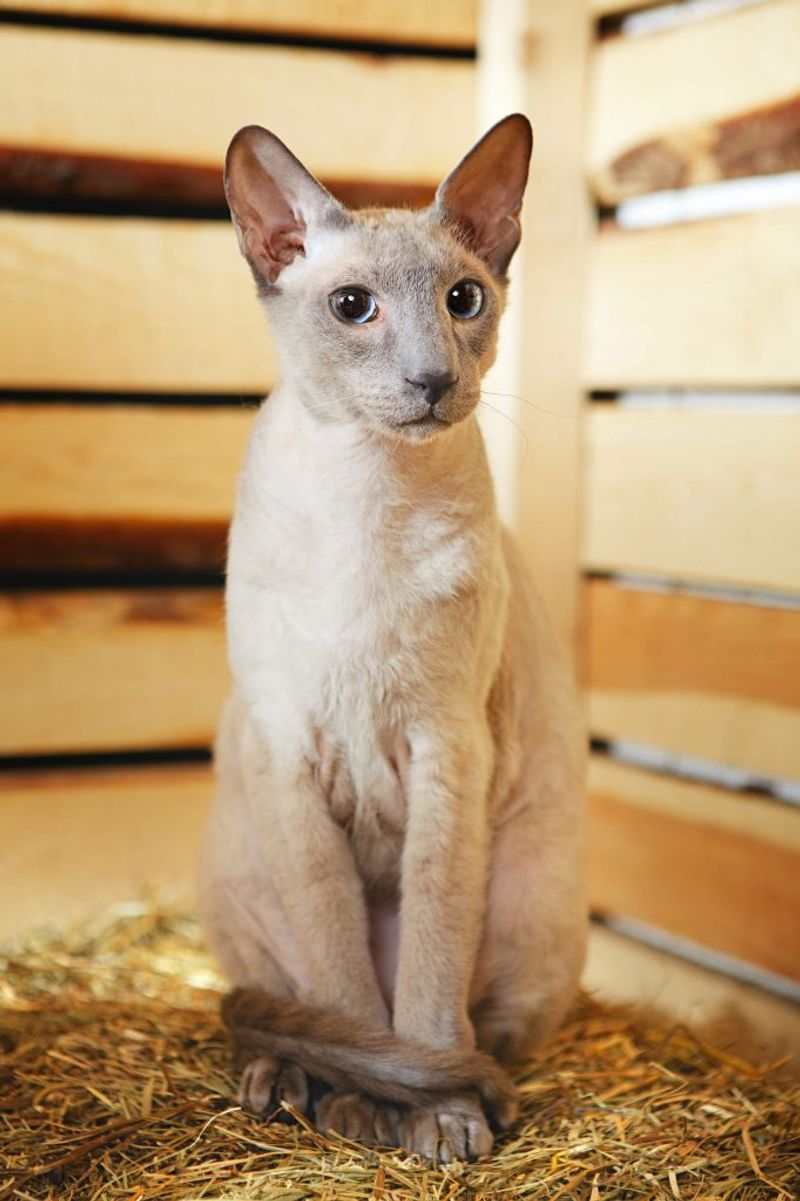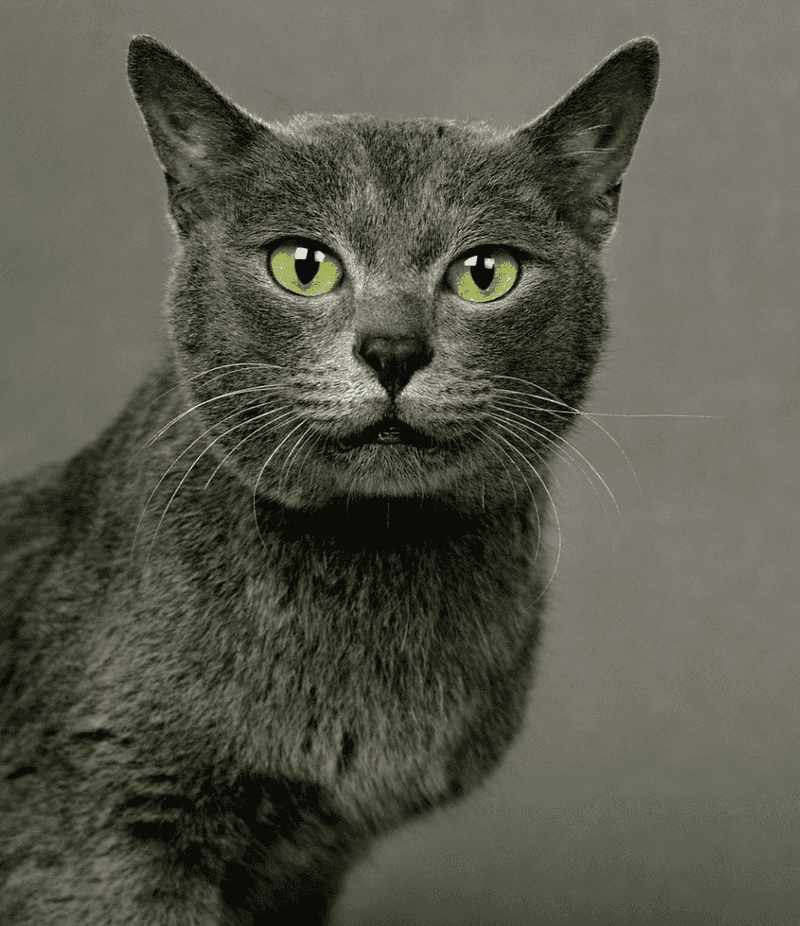📖 Table of Content:
Welcoming a cat into a home is an important commitment that goes beyond simply providing food and shelter. Each breed comes with its own set of needs, some requiring more care, attention, or specialized environments than others. Understanding these differences helps ensure a happy and healthy life for both cat and owner.
Certain breeds have personalities or physical traits that call for extra patience and experience. Their grooming, health, or behavioral needs can sometimes be overwhelming for first-time cat parents. These factors are crucial to consider when deciding which cat to bring home.
Choosing the right feline companion means matching their needs with the owner’s lifestyle and experience. Some cats thrive best with seasoned caregivers who understand their unique challenges. Careful consideration leads to a more rewarding relationship for everyone involved.
1. Bengal
Bengal cats combine wild beauty with boundless energy. They need constant mental stimulation and physical activity to prevent destructive behaviors.
Their intelligence makes them excellent escape artists – they can open doors, cupboards, and even figure out simple locks. Many Bengal owners invest in cat-proof latches throughout their homes.
These athletic cats require tall climbing spaces, interactive toys, and daily play sessions. Without proper outlets for their energy, they may develop behavior problems like excessive vocalization or furniture destruction.
2. Sphynx
Hairless doesn’t mean maintenance-free. Sphynx cats require weekly baths to remove body oils that normally absorb into fur. Their exposed skin needs protection from sunburn and cold temperatures.
These cats eat more than average to maintain body heat, making them surprisingly expensive to feed. Their high metabolism also means more frequent bathroom trips and litter box cleaning.
Health concerns include heart conditions, skin problems, and dental issues requiring specialized vet care. First-time owners often underestimate the time commitment needed for their unique care routine.
3. Savannah
Part wild serval, part domestic cat, Savannahs retain strong hunting instincts that can overwhelm unprepared owners. They’re known to pounce from high places and may target small pets like birds or hamsters.
Legal restrictions exist in many areas due to their wild heritage. Some locations require special permits, while others ban them entirely. Research local laws before considering this breed.
Savannahs need specialized diets that often include raw meat components. Their exercise requirements rival those of dogs, with many owners installing elaborate catios or taking them on leashed walks outdoors.
4. Scottish Fold
Those adorable folded ears come with serious health concerns. Scottish Folds have a genetic mutation affecting cartilage throughout their bodies, not just their ears.
Many develop painful joint conditions called osteochondrodysplasia, causing arthritis at young ages. Ethical breeders avoid mating fold-to-fold, but health issues persist in the breed. Responsible ownership includes budgeting for potential long-term pain management.
These cats often need modified environments with ramps instead of tall cat trees and may require special grooming assistance when joint pain prevents self-cleaning. Their cute appearance masks complex medical needs that challenge new cat owners.
5. Abyssinian
Abyssinians rank among the most active domestic cats, requiring almost constant engagement. They rarely enjoy being lap cats and instead prefer interactive play.
These cats form strong bonds with their humans and can develop separation anxiety when left alone for long periods. Working professionals with demanding schedules might find their needs challenging to meet.
Their curious nature leads them to investigate everything in their environment. Owners must cat-proof homes thoroughly, securing breakables and potentially dangerous items. First-time cat parents often underestimate just how determined an Abyssinian can be when something catches their interest.
6. Persian
Behind that sweet face lies a maintenance nightmare for unprepared owners. Persian cats require daily grooming to prevent painful mats and tangles in their luxurious coats.
Their flat faces lead to breathing difficulties, excessive tearing, and dental problems. Many Persians need specialized food bowls and regular eye cleaning to prevent infections. Skipping these routines can result in serious health complications.
The breed is prone to polycystic kidney disease and other genetic health issues that may require expensive medical care. While their calm temperament seems perfect for beginners, the intensive grooming and health monitoring make them better suited for experienced owners.
7. Siamese
Vocal doesn’t begin to describe a Siamese cat’s communication style. Their loud, demanding meows can sound surprisingly human-like and continue until their needs are met.
These highly intelligent cats get bored easily and can develop destructive behaviors without proper stimulation. They excel at figuring out how to open doors, cabinets, and even refrigerators. Some owners compare living with a Siamese to having a perpetual toddler.
Extremely social by nature, they suffer when left alone and may develop anxiety or depression without companionship. Their strong personalities and tendency to train their humans rather than be trained can overwhelm first-time cat owners.
8. Maine Coon
Size matters when considering a Maine Coon. Males can reach 25 pounds or more, requiring reinforced furniture and extra-large litter boxes. Their massive paws easily knock over household items.
The breed’s thick, water-resistant coat demands regular grooming to prevent matting, especially around the neck and hindquarters. Seasonal shedding transforms homes into fur factories without consistent maintenance.
Maine Coons need substantial caloric intake, making their feeding costs significantly higher than average cats. They’re prone to heart conditions and hip dysplasia that may require expensive veterinary care. While gentle giants, their sheer size and specific needs present challenges for novice cat owners.
9. Devon Rex
Devon Rex cats bring mischief to new levels with their monkey-like climbing abilities and tendency to perch on the highest points in your home. Nothing will remain untouched or unexplored.
Their fine, wavy coats provide little insulation, making them heat-seekers who burrow under blankets and cuddle aggressively for warmth. Many owners purchase heated cat beds or special clothing for winter months. Some Devons develop skin issues requiring medicated shampoos.
These cats form intense bonds with their humans and suffer from separation anxiety when left alone. Their need for constant companionship and tendency toward destructive behavior when bored makes them challenging for owners with busy lifestyles.
10. Cornish Rex
It’s all or nothing with the Cornish Rex—either racing full tilt or out cold in a deep nap. Their boundless energy doesn’t fade with age, making them perpetual motion machines one minute and limp noodles the next. Life with one is never dull.
Their single-layer coats make them extremely vulnerable to cold temperatures. Many owners provide sweaters during winter months and maintain higher home temperatures year-round. Without proper warmth, these cats become stressed and prone to illness.
Cornish Rex cats develop strong attachments to their humans and prefer constant companionship. They commonly suffer from separation anxiety when left alone, sometimes expressing distress through destructive behaviors or excessive vocalization. First-time owners rarely anticipate their intense social and environmental needs.
11. Peterbald
No matter the amount of hair they have, Peterbalds are prone to oily skin that needs careful attention. Their coats, ranging from bald to velvety, don’t offer the same protection as a full fur layer. Routine cleansing is essential to avoid clogged pores and skin issues.
Temperature sensitivity affects these cats significantly. They need protection from direct sunlight to prevent sunburn and may require clothing in colder weather. Many owners maintain consistently warm home temperatures year-round.
The breed’s rarity means finding knowledgeable veterinarians can be challenging. Their unique genetic makeup leads to specific health concerns that general practitioners might miss. First-time owners often struggle with the learning curve and specialized care requirements these elegant cats demand.
12. Korat
Korat cats possess remarkable sensitivity to environmental changes. Rearranging furniture, having guests over, or even changing laundry detergent can trigger stress behaviors like hiding or refusing to eat.
Their traditional Thai heritage makes them symbols of good fortune, but their strong-willed nature challenges inexperienced owners. Korats decide when they want attention and resist being handled on any schedule but their own.
These cats form deep bonds with their primary caregiver and may reject other family members. They thrive in quiet, stable environments with minimal disruption to routines. Their need for consistency and tendency toward nervousness in chaotic households make them poor matches for families with young children or frequent visitors.
